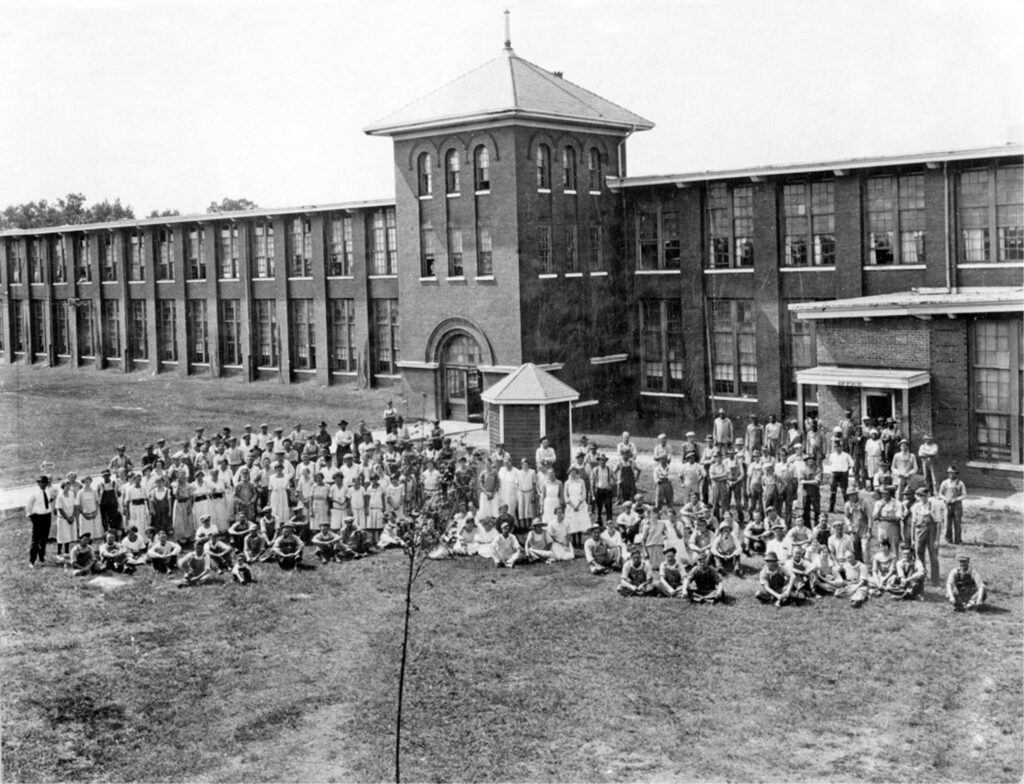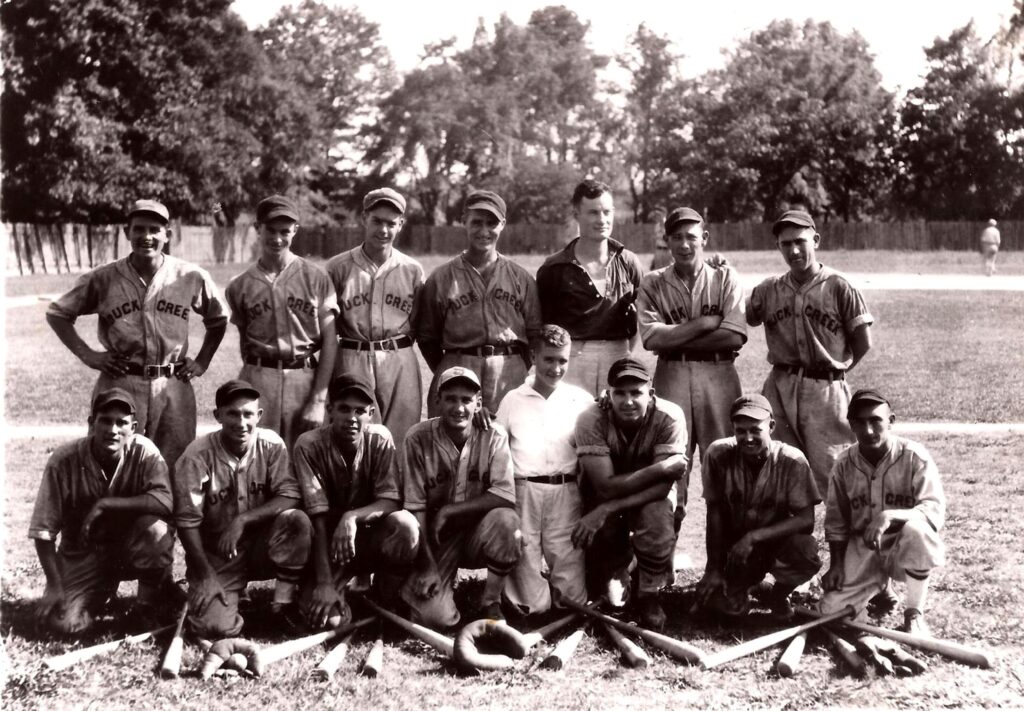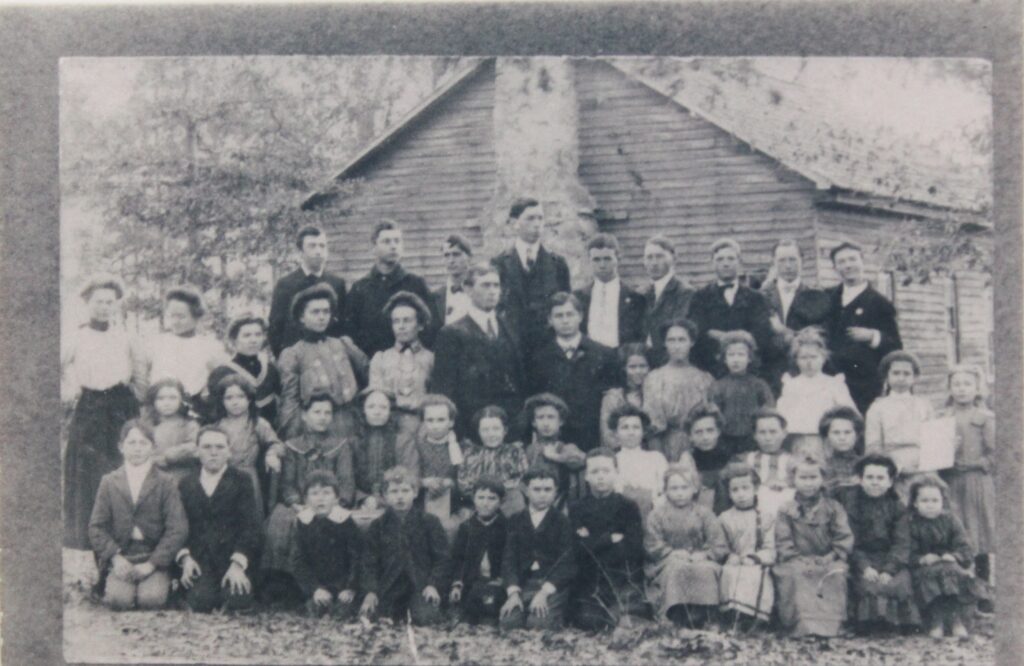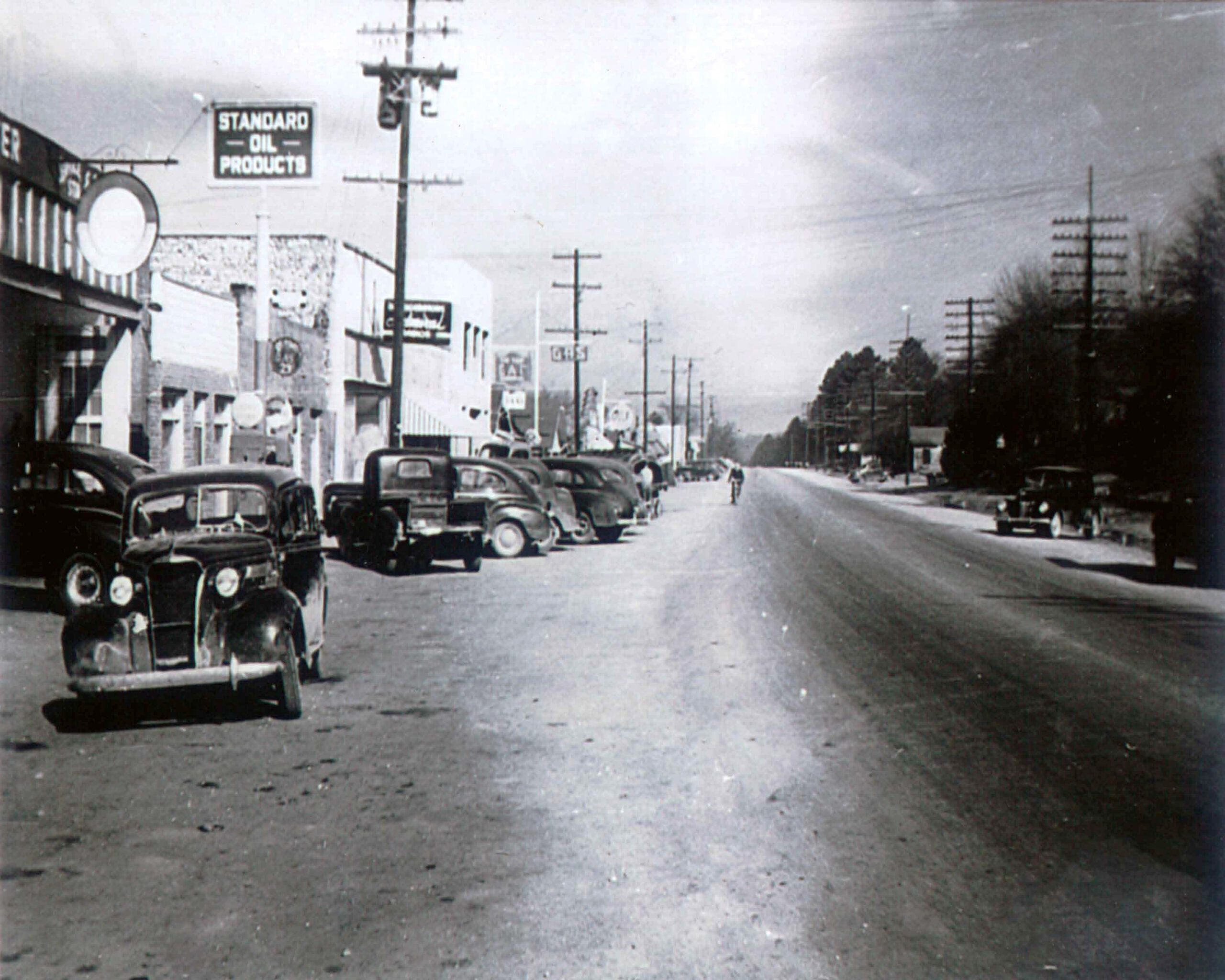Steeped in History
By Barry Smith
It’s hard to imagine while driving the busy roads of Alabaster today, that the vibrant, growing city was once a rural area with rolling hills and farmland. As Alabaster looks forward to a bright future, it’s helpful to reflect back on who and what came before.
In the early 1800s, the area’s first settlers arrived to a lovely spot in Alabama that is now Shelby County. The small community, named Siluria for the Silurian geological period due to the rocks that were found there, began to grow. In 1896, Thomas C. Thompson (for whom Thompson High School is named) built a mill on the banks of Buck Creek (where City Hall and the Senior Center now stand).
The Siluria Cotton Mill Company was incorporated in 1902, becoming one of the largest cotton mills in the nation at the time. A bustling village sprung up around the mill with housing and amenities for its employees, including a general store, a hotel, and doctors’ offices. Today, the historic 120-plus-year-old water tower and the small Buck Creek jail are the only remnants of the mill that still remain (the water tower recently underwent a major renovation to restore it to its previous glory). The Town of Siluria officially incorporated in 1954 and elected Tollie E. Jones as its first mayor.
Meanwhile, sitting adjacent to Siluria along the then two-lane Highway 31 was an area that had “growth potential” according to Joseph Elam Walker, an early area resident who opened his J.E. Walker’s Furniture and General Merchandise store in 1925. Rich in limestone deposits, the area was named Alabaster for the white, calcite mineral. The Alabaster Mine Co., founded and run by George L. Scott, Sr., led Alabaster’s industry mining the area’s limestone.

Alabaster first attempted to incorporate in 1952, but the action failed. A short time later, in January 1953, a second successful bid was made for incorporation. Alabaster officially incorporated on February 23, 1953, with 427 residents. Alabaster’s first mayor was George L. Scott, Jr., who was also the president of the First Bank of Alabaster.
Shelby County Hospital (now Shelby Baptist Medical Center) opened in 1959, providing medical care for families from all over Shelby County. In 1971, the residents of Siluria voted to merge with Alabaster. In 2013, after the area’s continued growth, Alabaster left the Shelby County school systems and formed their own. Today, Alabaster’s schools are recognized among the state’s best.
In 2021, Thompson High School celebrated its 100th anniversary. Unlike the sprawling campus of today, when Thompson High School first came to be, it was a wooden,  four-classroom building constructed on land donated by Thompson near where Thompson Intermediate School stands today. The school drew students from surrounding towns, who rode to THS in the school’s first school bus—a covered wagon pulled by mules. In January 1951, the original Thompson High School building (and the adjacent junior high building) burned down in a fire that started in the school’s lunchroom. Before integration in the late 1960s, African American students in Alabaster attended school in a black-only grade school in the Simmsville community where the Shelby County Instructional Services Center currently stands. The school only existed for one year when integration took place in the nation’s public schools. In 1969, Jessie Ruth McDade was the first African-American student to graduate from Thompson High School.
four-classroom building constructed on land donated by Thompson near where Thompson Intermediate School stands today. The school drew students from surrounding towns, who rode to THS in the school’s first school bus—a covered wagon pulled by mules. In January 1951, the original Thompson High School building (and the adjacent junior high building) burned down in a fire that started in the school’s lunchroom. Before integration in the late 1960s, African American students in Alabaster attended school in a black-only grade school in the Simmsville community where the Shelby County Instructional Services Center currently stands. The school only existed for one year when integration took place in the nation’s public schools. In 1969, Jessie Ruth McDade was the first African-American student to graduate from Thompson High School.
Throughout the years, Alabaster has continued to grow both in size and in people. According to the most recent Census, over 33,000 people call Alabaster home, and the city now encompasses over 20 square miles. There is a thriving business and industrial community, and more people continue to move to Alabaster for its strong school system, welcoming neighborhoods, diversity, and high quality of life.
 “When I moved to Alabaster in the fall of 1958, it was just getting its footing. Siluria was the old hand and a thriving community. The heart and soul of Siluria was the textile mill. It was the driver of the economy, housing, and entertainment. The mill began in 1896 and was still the main employer of the area as well as the county. Siluria had two churches, Baptist and Methodist, a movie theater, a YMCA for activities and swimming, several doctors, a constable (sheriff), a jail, boy and girl scouts, a park, a school, and a hotel that served the most wonderful meal for Sunday lunch. There were several stores, a TV repair shop and homes rented by the workers of the mill. From the 1930s up to World War II, Siluria had a semi-pro baseball team sponsored by the mill that rivaled the major leagues. Both Jim Davenport (San Francisco Giants) and Willie Kirkland (San Francisco Giants, Cleveland Indians, and the Washington Senators) made it to the “big show.” Siluria was a booming place. The new Alabaster City Hall was built where the houses of the “mill village” stood. I have a lot of good memories from my time in Siluria.”
“When I moved to Alabaster in the fall of 1958, it was just getting its footing. Siluria was the old hand and a thriving community. The heart and soul of Siluria was the textile mill. It was the driver of the economy, housing, and entertainment. The mill began in 1896 and was still the main employer of the area as well as the county. Siluria had two churches, Baptist and Methodist, a movie theater, a YMCA for activities and swimming, several doctors, a constable (sheriff), a jail, boy and girl scouts, a park, a school, and a hotel that served the most wonderful meal for Sunday lunch. There were several stores, a TV repair shop and homes rented by the workers of the mill. From the 1930s up to World War II, Siluria had a semi-pro baseball team sponsored by the mill that rivaled the major leagues. Both Jim Davenport (San Francisco Giants) and Willie Kirkland (San Francisco Giants, Cleveland Indians, and the Washington Senators) made it to the “big show.” Siluria was a booming place. The new Alabaster City Hall was built where the houses of the “mill village” stood. I have a lot of good memories from my time in Siluria.”
Bruce Cooper, Shelby County Museum and Archives

